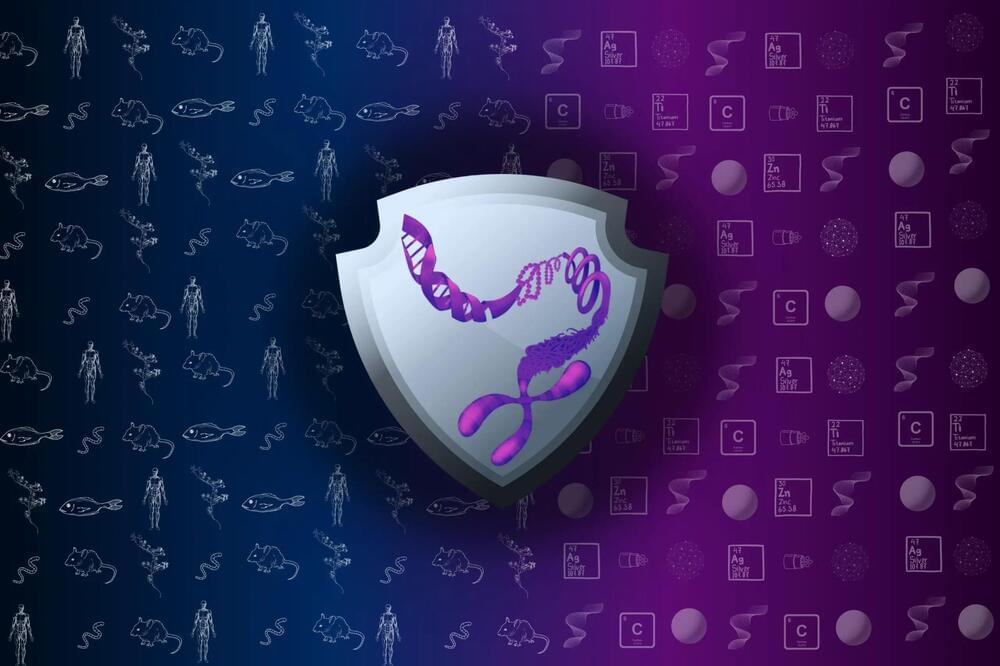In a sequence of papers accepted for the 16th Annual Conference in Artificial General Intelligence in Stockholm, I pose a mechanistic explanation for these phenomena. They explain how we may build a machine that’s aware of itself, of others, of itself as perceived by others, and so on.
Intelligence and Intent
A lot of what we call intelligence boils down to making predictions about the world with incomplete information. The less information a machine needs to make accurate predictions, the more “intelligent” it is.








